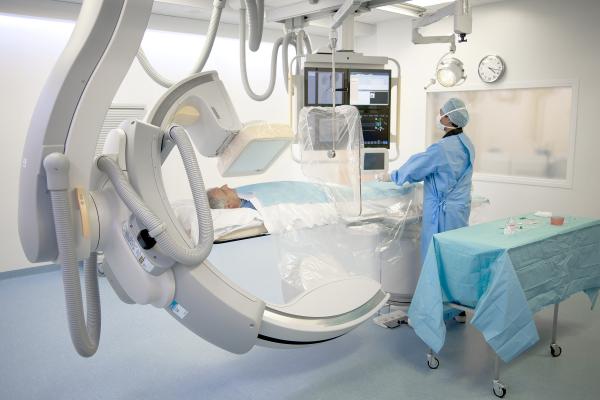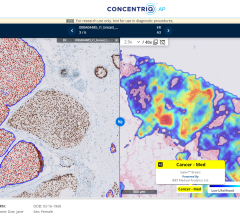
May 24, 2017 — Fourteen members of the Society of Interventional Radiology (SIR) took to Capitol Hill recently to express the society’s support for a bill that would expand access to government-funded graduate medical education (GME) opportunities to newly recognized primary specialties, including interventional radiology.
The “Enhancing Opportunities for Medical Doctors Act,” introduced by Rep. Mia Love (R-Utah) would reallocate existing, but historically unused, government-funded slots to specialties recently elevated to the “primary specialty” designation (such as interventional radiology), rural institutions and new medical schools.
The SIR members, who were in Washington as part of SIR’s Grassroots Leadership Program, met with congressional offices to discuss the importance of reallocating unused federally funded training spots to areas in need. Hospitals that train residents incur costs beyond those customarily associated with providing patient care. The Medicare-authorized payment program compensates teaching hospitals for "Medicare's share" of the costs directly related to the training of residents.
“We appreciate Rep. Love’s continued support and look forward to working with her and her colleagues in Congress to expand training, which will ultimately provide patients with greater access to medicine that meets 21st century needs,” said SIR President Suresh Vedantham, M.D., FSIR, professor of radiology and surgery at the Mallinckrodt Institute of Radiology at the Washington University School of Medicine. “By reallocating existing, but unused, GME slots, this bill takes a fiscally responsible approach to ensuring new programs get the training support needed to deliver access to the most advanced care.”
“The Grassroots Leadership Program is an avenue for IR to educate Congress about the issues facing our specialty and the medical community as a whole,” said SIR Health Policy and Economics Chair Waleska M. Pabon-Ramos, M.D., MPH, an interventional radiologist and assistant professor of radiology at Duke University School of Medicine, who also participated in the 2017 Grassroots Leadership Program. “Today, we’ve spread the word about Rep. Love’s bill as an important stopgap that ensures we are making the best use of already available training resources, while Congress considers more comprehensive GME reform measures.”
SIR members used their time on Capitol Hill to explain that capping federally funded GME slots hinders training opportunities, and ultimately access to care, because some slots committed to other programs and specialties remain unused. Current law does not allow for new Medicare-funded GME slots to accommodate a new medical specialty, such as interventional radiology, or new medical training programs. Instead, a teaching hospital that establishes such a program is faced with either reducing the number of Medicare-covered residency slots in another program or operating the new program with partial or no Medicare GME funding.
The proposal would require programs to make 65 percent of historically unused slots eligible for reallocation. The slots slated to be reallocated would be redistributed to hospitals that apply for them with priority given to the following: 1) hospitals that establish residency programs for interventional radiology or another recently elevated specialty; 2) hospitals located in rural and underserved areas; and 3) hospitals that establish medical residency programs that are sponsored by newly accredited medical schools.
For more information: www.sirweb.org


 November 11, 2025
November 11, 2025 









